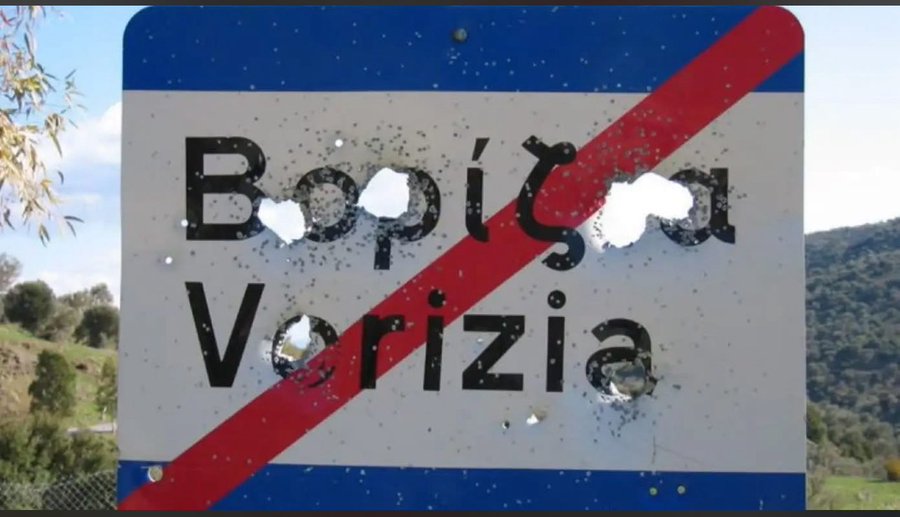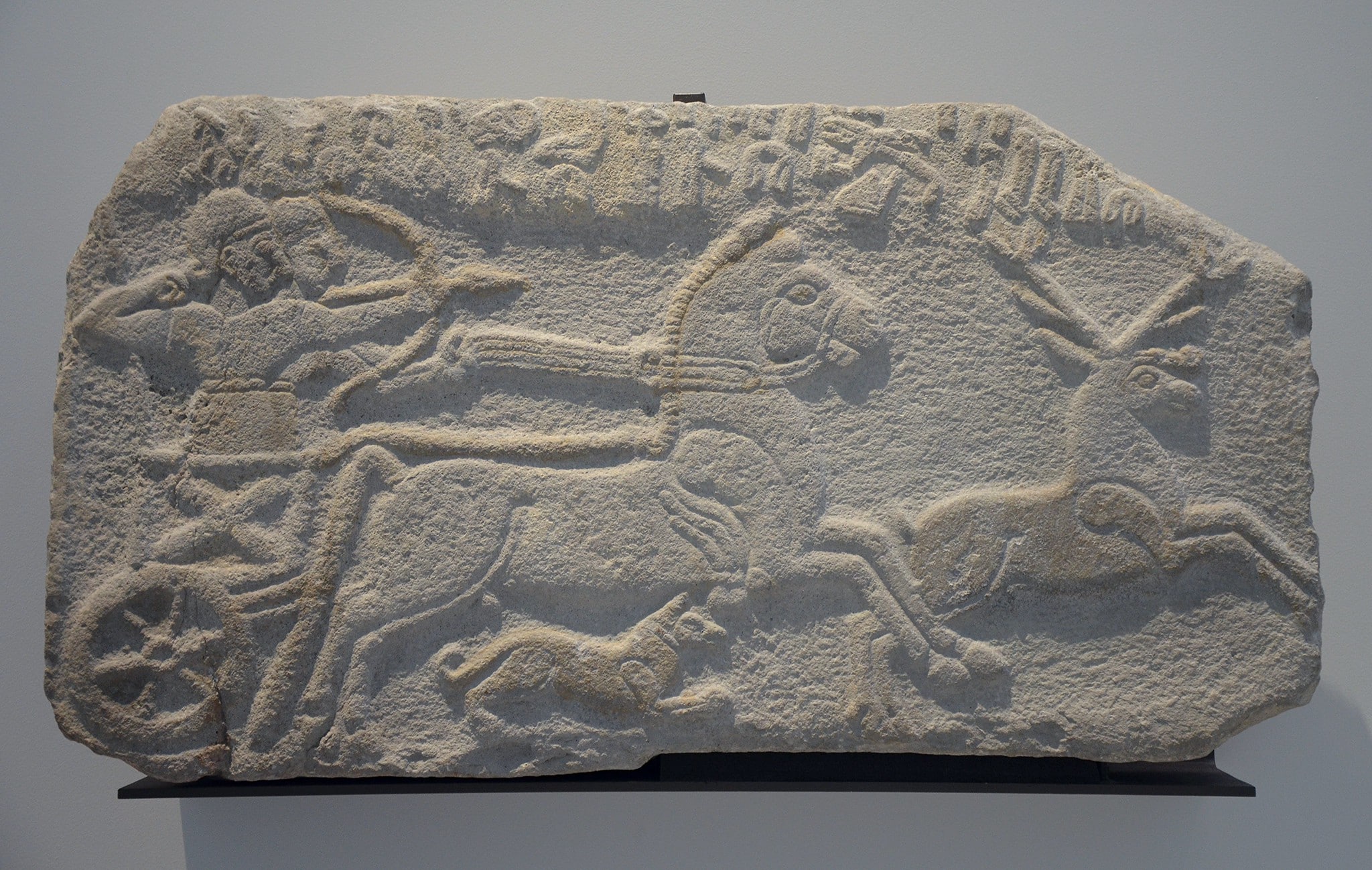Cheese factory on Mykonos. Credit: Greek Reporter
Beyond the iconic beaches and whitewashed lanes, Mykonos hides a quieter story, one of tradition, patience, and flavor. At its center stands Mykonos Dairy, a model of sustainable craftsmanship, where third-generation cheesemaker Theodoros Koukas continues his family’s legacy.
What began decades ago with his grandparents carrying homemade cheeses to Athens has grown into one of the Cyclades’ most advanced dairies, producing around 1,300 tons of milk each day from 350 organically raised cows.
Mykonos Dairy is not just a factory; it’s a living workshop of flavor and care. Inside its cool, stone-walled aging rooms, wheels of Graviera Doukesa rest for months, slowly developing their buttery richness. Every step—from feeding the animals to final packaging—happens on-site, ensuring that each cheese captures the island’s true character and climate.
Mykonos Dairy produces around 1,300 tons of milk each day from 350 organically raised cows. Credit: Greek Reporter
Kopanistí: The fiery heart of the Aegean
Among Mykonos’ cheeses, Kopanistí stands out as the boldest expression of island identity. Spicy, peppery, and slightly salty, this centuries-old cheese has been made across the Cyclades for over 300 years, but Mykonos remains its spiritual home.
Its distinctive kick comes from natural fermentation and the growth of wild molds, creating a sharp, complex flavor often likened to French Roquefort. Recognized as a Protected Designation of Origin (PDO) product, Kopanistí can only be made in the Cyclades using traditional methods. Locals enjoy it as a meze, spread over bread with tomatoes and a splash of ouzo or tsipouro.
Tirovolia: The soul of simplicity
If Kopanistí is the rebel, Tirovolia is the heart. This fresh, soft white cheese has long been a staple in Mykonian kitchens. Made from pure cow’s or goat’s milk, it offers a mild, creamy flavor and a delicate, crumbly texture. Traditionally prepared in small quantities for family use, Tirovolia reflects the island’s self-sufficient roots.
Today, Mykonos Dairy continues that legacy, crafting Tirovolia with the same respect for nature, using only milk from its own organically raised animals. It’s the quiet soul of Mykonian cuisine, often incorporated into pies or desserts to balance sweetness with gentle tang.
Inside the cheese factory on Mykonos with Theodoros Koukas. Credit: Greek Reporter
Petroti: The rustic taste of Mykonos cheese
Petroti speaks of rugged landscapes and age-old technique. Its name comes from stone (“petra” in Greek), recalling the days when cheese was left to drain on flat rocks under the sun. The result is a firm, slightly crumbly cheese with a tangy bite, perfect for grating or pairing with olive oil and herbs.
At Mykonos Dairy, Petroti is still made the traditional way, preserving its rustic authenticity and connecting today’s palate to the island’s agricultural past.
Mykonos Dairy has over 300 cows. Credit: Koukas / Greek Reporter
Doukesa: The aged nobility of Mykonos
At the other end of the spectrum is Doukesa, the “Duchess” of Mykonian cheeses. Aged for eight months, this Graviera-style cheese combines buttery depth with a nutty, subtly sweet aftertaste.
Its name hints at its refinement, a cheese that rewards patience and skill. In the dairy’s controlled aging chambers, each wheel matures slowly until it reaches its full, elegant flavor. Doukesa pairs beautifully with local wines, embodying the sophistication that modern Mykonos brings to its timeless dairy heritage.
Cheese making process in Mykonos Cheese Factory. Credit: Thodoris Koukas / Greek Reporter
Mykonos cheese has protected designation of οrigin label
A Protected Designation of Origin (PDO) label signifies that a product is inseparable from its place of origin. For cheeses such as Kopanistí Mykonou, every stage, from the milk’s source to the final taste, must reflect the island’s land, climate, and craftsmanship.
PDO status not only guarantees authenticity but also protects the living tradition of the Cyclades in a globalized world.





